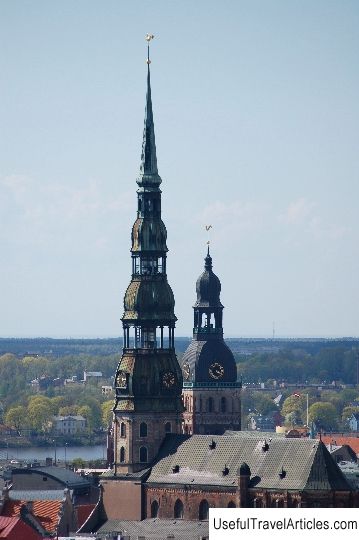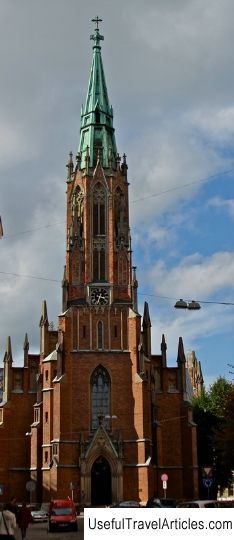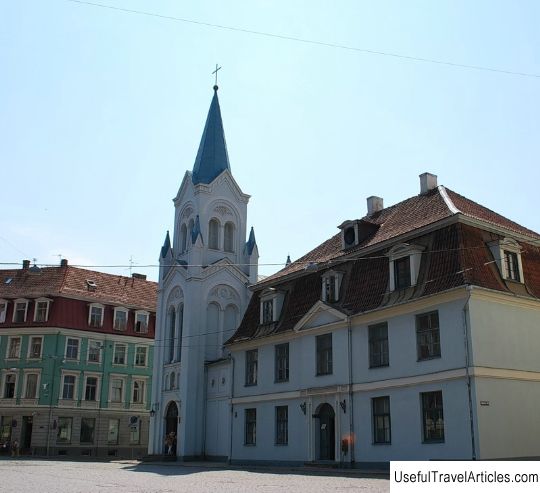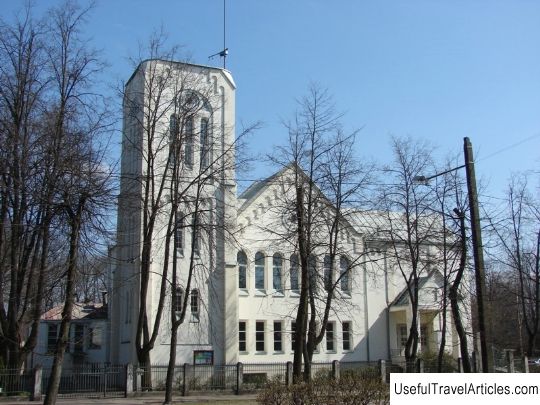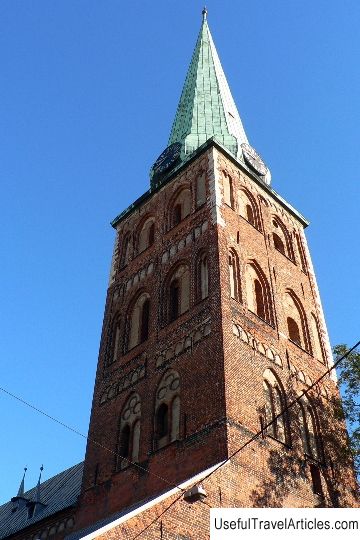St. John's Church (Rigas Sveta Jana baznica) description and photos - Latvia: Riga
Rating: 7,8/10 (109 votes) 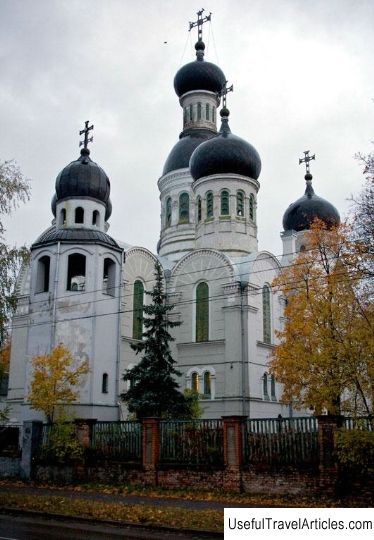
St. John's Church (Rigas Sveta Jana baznica) description and photo - Latvia: Riga. Detailed information about the attraction. Description, photographs and a map showing the nearest significant objects. The name in English is Rigas Sveta Jana baznica. Photo and descriptionThe Riga Church in the name of the Holy Prophet John the Baptist is the oldest church in the city. Behind the majestic building of the church is the oldest city cemetery, which is popularly called "Ivanovskoe". Confirmed information about burial places dates back to the middle of the 17th century. Burials in the cemetery, which was later expanded, were carried out so intensively that in 1886 a wooden chapel was built at the Ivanovskoye cemetery, which is consecrated in the name of St. prophet John the Baptist. Although even then the need to build a church was felt here. In practice, this decision began to be implemented only in 1882. A project, estimates, drawings were developed for the transfer of the wooden All Saints Church "as it is" to the Ivanovskoye cemetery. The architect was Ya.F. Bauman. Such a decision to move the church, caused contradictory statements. Some believed that this was blasphemy, others offered assistance in the implementation of this plan. The dismantling of the wooden church, the transfer of materials to the Ivanovskoye cemetery, and the construction of the old church in an updated form was carried out by the whole world. The church was built as a single ensemble with the chapel already in the Ivanovo cemetery. As a result of the efforts of many people, construction work was completed a year later, and on September 11, 1883, the church was consecrated. The church acquired an updated architectural appearance, the internal arrangement of the church remained the same. The Riga Church of the Holy Prophet John the Baptist was built only with donations. Owners and workers of the Kuznetsovskaya porcelain factory contributed their share, and not a small one, who, among other things, made on the territory of the factory a common Orthodox chapel, and, in addition, opened two schools, one for boys and the other for girls. Many of the factory workers sang in the church choir free of charge, which was an important point, since the church could not support paid singers, since the Church of St. John was assigned to the Church of All Saints, and all income went there. Thus, its own St. John's Church began independent work with practically no funds. The construction of the church, its work and maintenance at first was carried out by the efforts of the parishioners, who, in addition, put in order the Ivanovskoye cemetery on their own. In 1884, 2 bells were purchased, again with the funds raised. 10 years after the construction of the church in the name of St. Prophet John the Baptist the number of parishioners grew so much that it was decided to form an independent parish. As a result, the parish was opened on August 4, 1892. Fears that the parish would not be able to support themselves were not justified. The church also received donations from its parishioners, and the state also provided assistance. Gradually St. John's parish became one of the most revered in Riga. The exact time of the beginning of the construction of a brick church on the site of a wooden one is unknown. Presumably this was in the late 19th - early 20th centuries. There is a letter dated 08.16.1928, in which Archpriest Nikolai Shalfeev writes about the imminent completion of the construction (thanks to generous donations). He reports that construction is proceeding so quickly that it is already necessary to take care of the iconostasis, icons, throne and altars. Based on a number of similar letters, it can be assumed that the consecration of the new church took place in the autumn of 1929. The old wooden church gradually fell into disrepair. However, a request was granted to renovate the church with generous donations in order to hold services in it in the winter. Internal and external renovations were carried out successfully. In addition, a positive response came to the general request for the re-consecration of the St. John's wooden church into a temple in the name of the icon of the Kazan Mother of God. The Head of the Latvian Orthodox Church, His Eminence John (Pommer), personally got acquainted with the state of preparation of the John's parish for the celebrations. However, he did not have a chance to take part in them, since on the night of October 12, 1934, he was brutally killed. His burned body was found tied. There were two bullets in the body. According to the examination, he was burned alive while he was still breathing. This event shocked the inhabitants of the country In the conditions of the most severe wars, troubles and trials, the John Church remained active. Moreover, according to post-war reports, it was one of the most visited. With the arrival of the 60s. a wave of atheism hit Orthodoxy. Many churches were closed, destroyed, and rebuilt to meet the needs of the state. The atheistic persecution also affected the Church of St. John. The parish was ordered to move to the wooden Kazan church. However, the parishioners managed to defend the stone church. But the Kazan Church was closed. From 1970 to the present day, it operates as a Catholic. Exclusively for the funds of the parish in 1995-96. repair and restoration work of the Riga Church in the name of the Holy Prophet John the Baptist was carried out. Today the temple is one of the revered Orthodox centers in Riga. He provides for the needs of the church and the parish itself, while also being a benefactor.    We also recommend reading Chester Cathedral description and photos - Great Britain: Chester Topic: St. John's Church (Rigas Sveta Jana baznica) description and photos - Latvia: Riga. |
